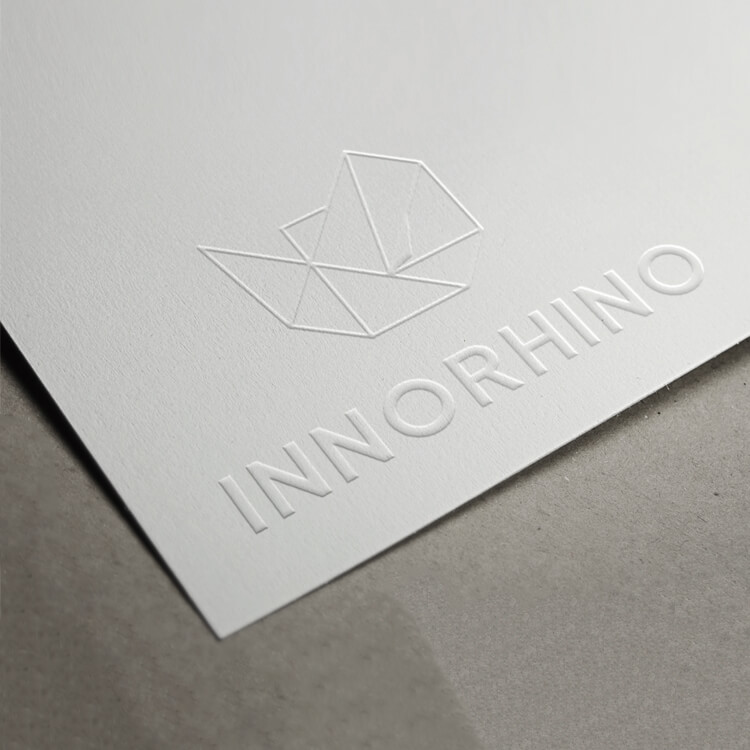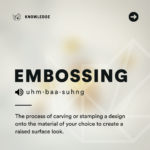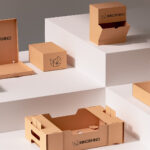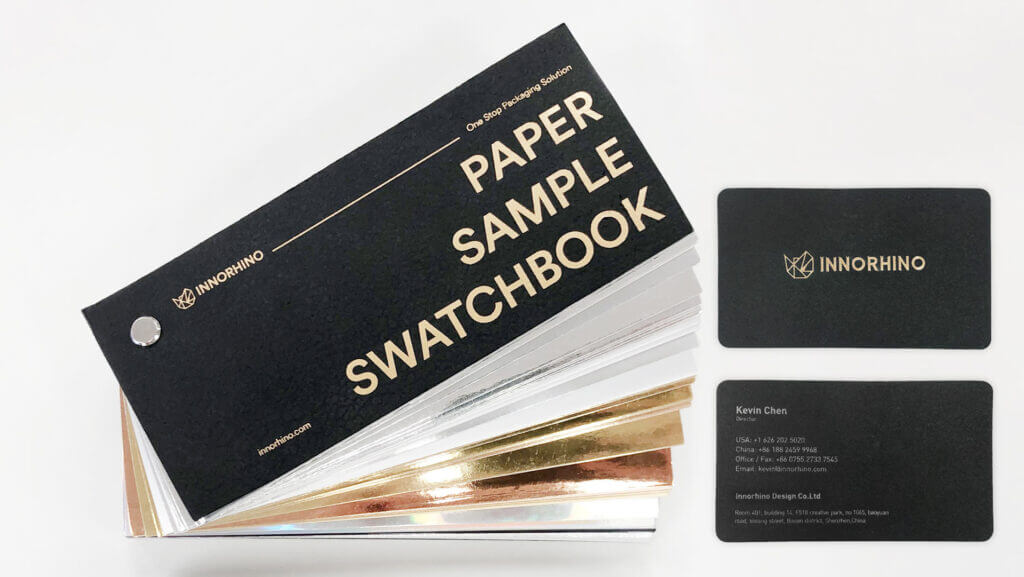Can you recall that awesome feeling of running your hand over a geomorphological map of the world or maybe of your country? A map like that has all these amazing ridges and indents to depict the accurate locations of the mountains and the valleys one can find on that piece of geography. There’s something very cool about it, isn’t it? You just can’t help but touch such a paper again and again.
That’s embossing and debossing, in a nutshell! And just like the map, you can get this effect imprinted on your products to make them absolutely irresistible for your customers. Here’s everything you need to know about embossing and debossing, how it’s done, and which one’s right for you. Read on!
Table of Contents
ToggleWhat are Embossing and Debossing?
Both embossing and debossing are printing design techniques. They are used for either impressing or depressing a logo (or an image) onto paper, cardboard, leather, or other such materials of your choice. Effects created by these techniques give the print a fresh, elegant, and modern look, adding a touch of luxury and panache.
Embossing
It is the process of carving or stamping a design onto the material of your choice to create a raised surface look. To achieve this, first, a metal die is created which has your design (which is to be imprinted) embossed on it. Then this die is pushed onto the paper from underneath to raise its surface, creating a 3D-like effect.
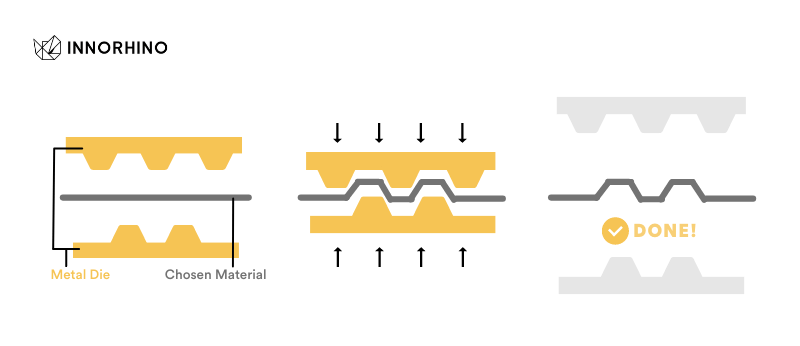
Embossing can be of several different kinds such as – single-level emboss, multi-level emboss, blind emboss, scorching emboss, combination emboss, glazing emboss, registered emboss, pastelling emboss, etc. Each of these styles gives a specific kind of texture and character to the print. Some are very basic and inexpensive while others are more detailed and thus more expensive. Basically, there’s a range of options to choose from. Pick according to your budget and personal preferences.
Debossing
This technique is the opposite of embossing. Here, the intention is to create an indented look, instead of making the surface pop up. But the process itself is very similar. Again, a metal die is created which has your chosen design. Yet, instead of pushing it from underneath, the metal die is stamped onto the material from the top. This process could leave a depression of the design onto the chosen material.
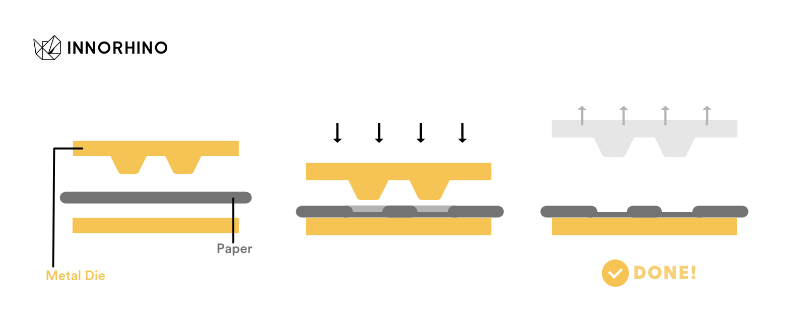
Just like embossing, debossing is also of various different kinds. For example, you can choose whether you want the indent to be filled with ink (registered deboss), or you’d prefer to leave it as it is (blind deboss).
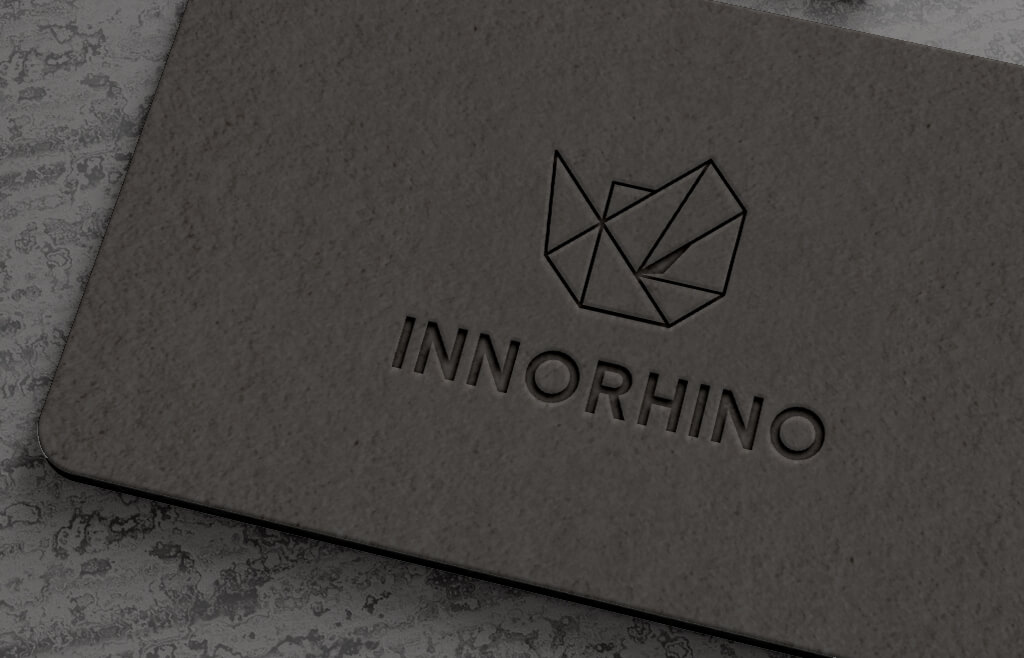 Blind debossing
Blind debossing
How to Decide Which One’s Best For You
General speaking, embossing is more common than debossing, but both have their own set of pros and cons. Yet, you can always decide which one’s best suitable for your brand by keeping in mind the following considerations:
- Since debossing requires more heat to make the indented print, it’s not compatible with all kinds of materials. For instance, it can’t be used on plastic or fabric materials. Embossing, on the other hand, can be done on almost any kind of surface.
- When you emboss a surface, a reverse image of your design gets engraved on the backside of it. On the other hand, if you deboss a sufficiently thick surface, the backside of it doesn’t get affected at all.
- Usually, embossing is more expensive than debossing.
- Also, if you want more details in your design, go for embossing.
A Word of Caution
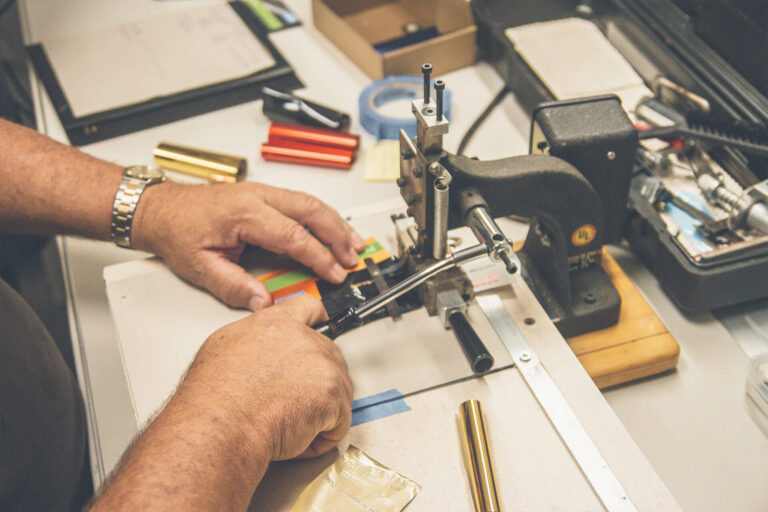
Both embossing and debossing can literally transform your product. It is also to be noted that if these processes aren’t carried out by experienced experts, the entire look and feel of your product can be ruined pretty easily. To avoid that, before hiring someone for the job, ask for a few sample prints from them. So that you can make sure there are no signs of embossing powder melting into the paper, no smudging (if the ink is used), and no wrinkles or other such irregularities. The end result should be crisp, smooth, exceptionally detailed, and in general “spectacular to look at and to touch as well”.
Image source: INNORHINO, Unsplash, Pexels
#embossing #blindembossing #debossing #blinddebossing #packagingfinish
Check our Facebook for more packaging ideas, inspirations, and insights! ![]()

